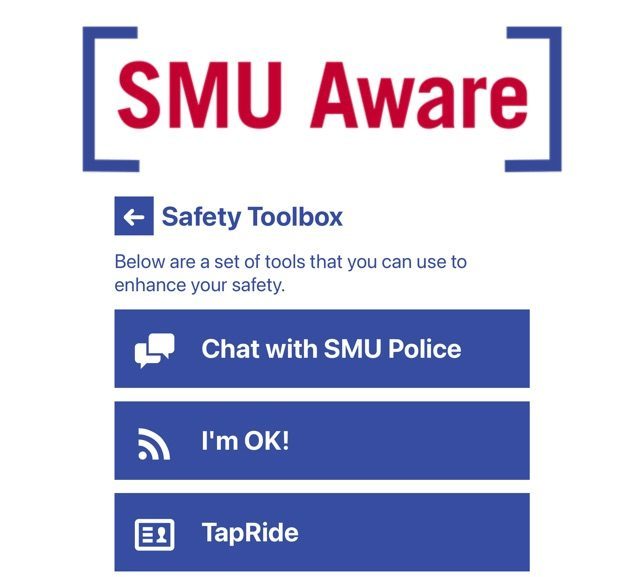As a student, finances are often very overstretched. In addition to taking out loans to fund the cost of higher education, many students also end up with other debts such as overdrafts and credit cards. This can become quite a burden for many at a time when they should be focusing on their education rather than worrying about money.
Student debt has become a rising issue over recent years, and many are keen to find out what they can do to try and reduce their debt levels. While it can be a long and arduous road for the typical student, it is possible to get rid of debts such as credit cards, mom-education related loans, and overdrafts.
What can you do to deal with student debt?
There are a number of possible steps that you can take if you want to deal with your non-educational student debts. Obviously, with educational loans repayments can be made once you are in work. However, for other types of debt that needs to be repaid right away here are some steps that you may be able to take:
- Consolidate your debts: If you have a range of credit cards, an overdraft, and other types of debt, one of the things that you can do is look at loan consolidation. This can help to make your debts more management while also helping to reduce the amount you have to pay every month. For students that are struggling to make repayments on their debts, this could be a suitable solution.
- Make some money: You can also look at ways of making extra money in order to put toward your debts so that you can bring the debt levels down more quickly. In order to do this there are various solutions that you can look at such as selling items online, doing some online work, or getting a part-time job to earn some money. You can then reduce your debts and overdraft more quickly.
- Cut your spending: There are many expenses that students have to deal with but many also fritter money away without even realizing it. This could be on anything from nights out and clothes through to buying fast food. Try and manage your spending more efficiently so that you can reduce the amount that you are spending on non-essentials and therefore increase the amount you can put toward your debts. You can use budgeting software or apps to help you with this.
In order to get back on track when it comes to your student debts, you need to make sure you keep careful track of your spending as well as what you owe. This will make it easier to keep tabs on how quickly your debts are going down and as one debt clears you can then put more money toward the next one until that one is cleared. This is known as snowballing and can be very effective for those in debt.









